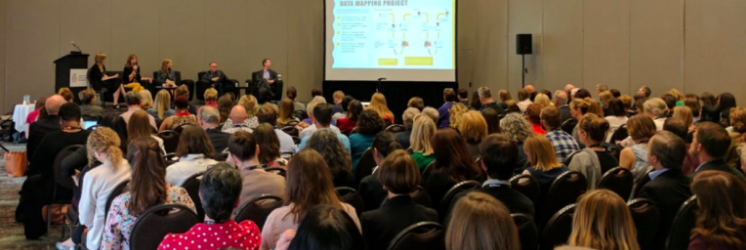Gathering data does not make an organization a data-informed entity.
There seems to be a great deal of buzz within the visitor-serving industry about data collection. And for good reason: being a data-informed cultural organization is a smart idea. Where many executive leaders in the past were forced to make “I think” decisions, there’s now more data available to help ensure that these leaders can increasingly make “I know” decisions. My colleague and I received an interesting question along these lines as we were carrying out a strategic workshop for executive leaders at a museum last week: Are...Sign in to KYOB+
Not a member yet?
Never miss the latest read on industry data and analysis.





